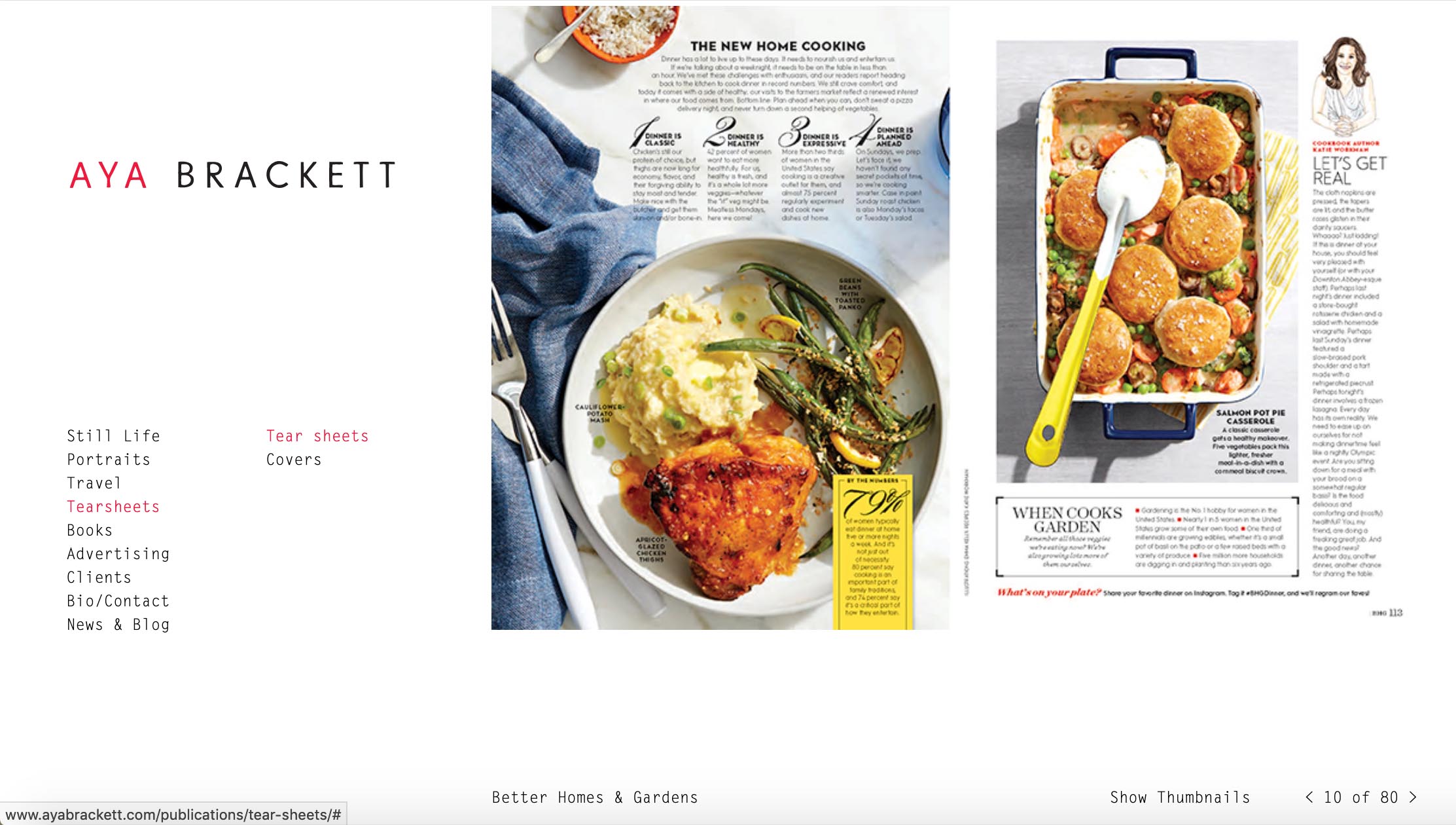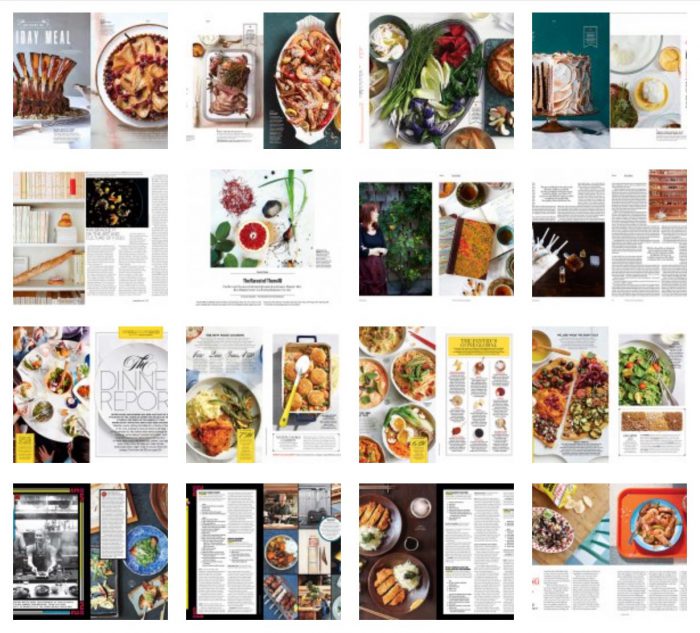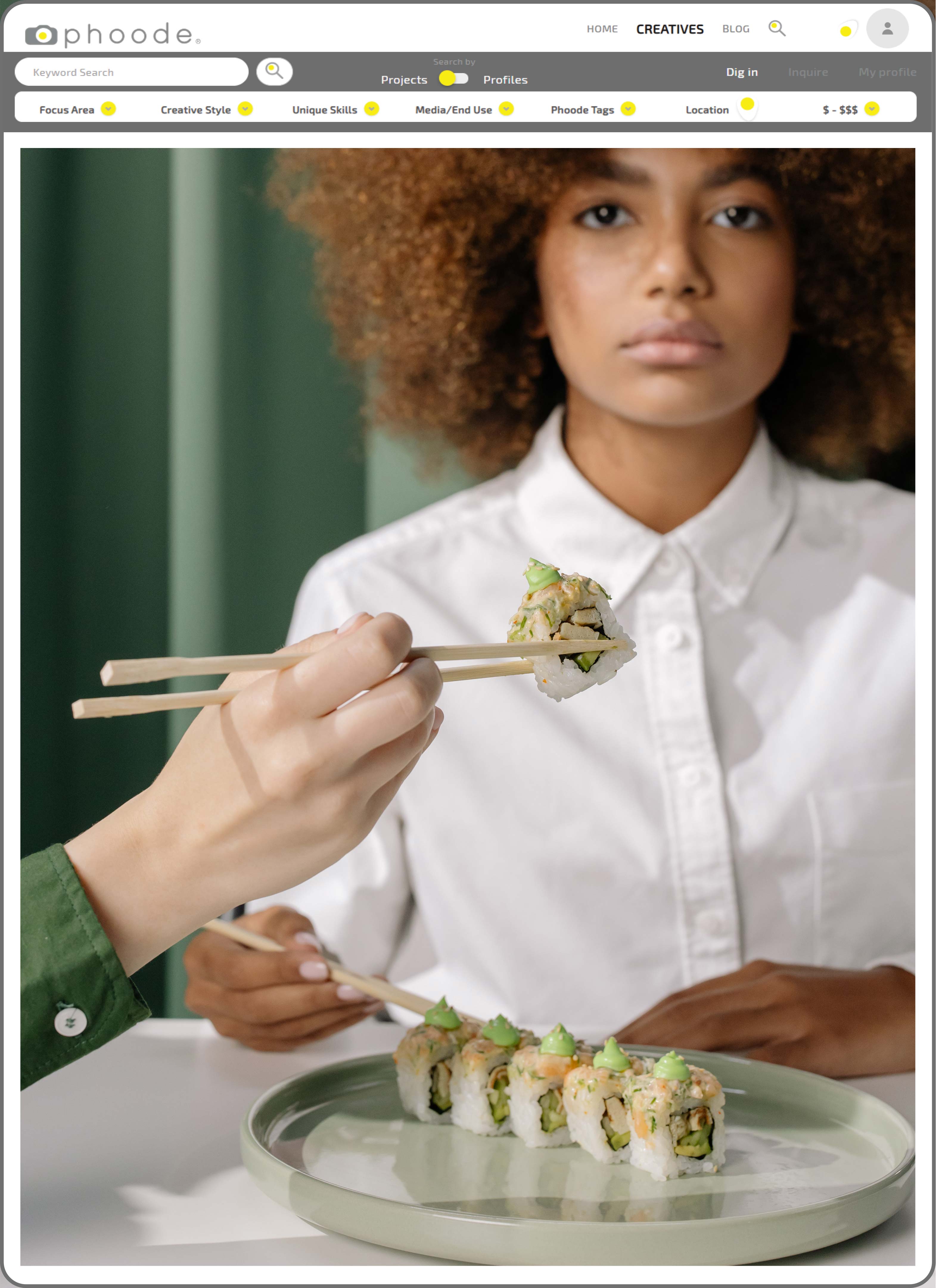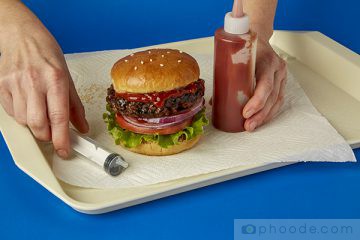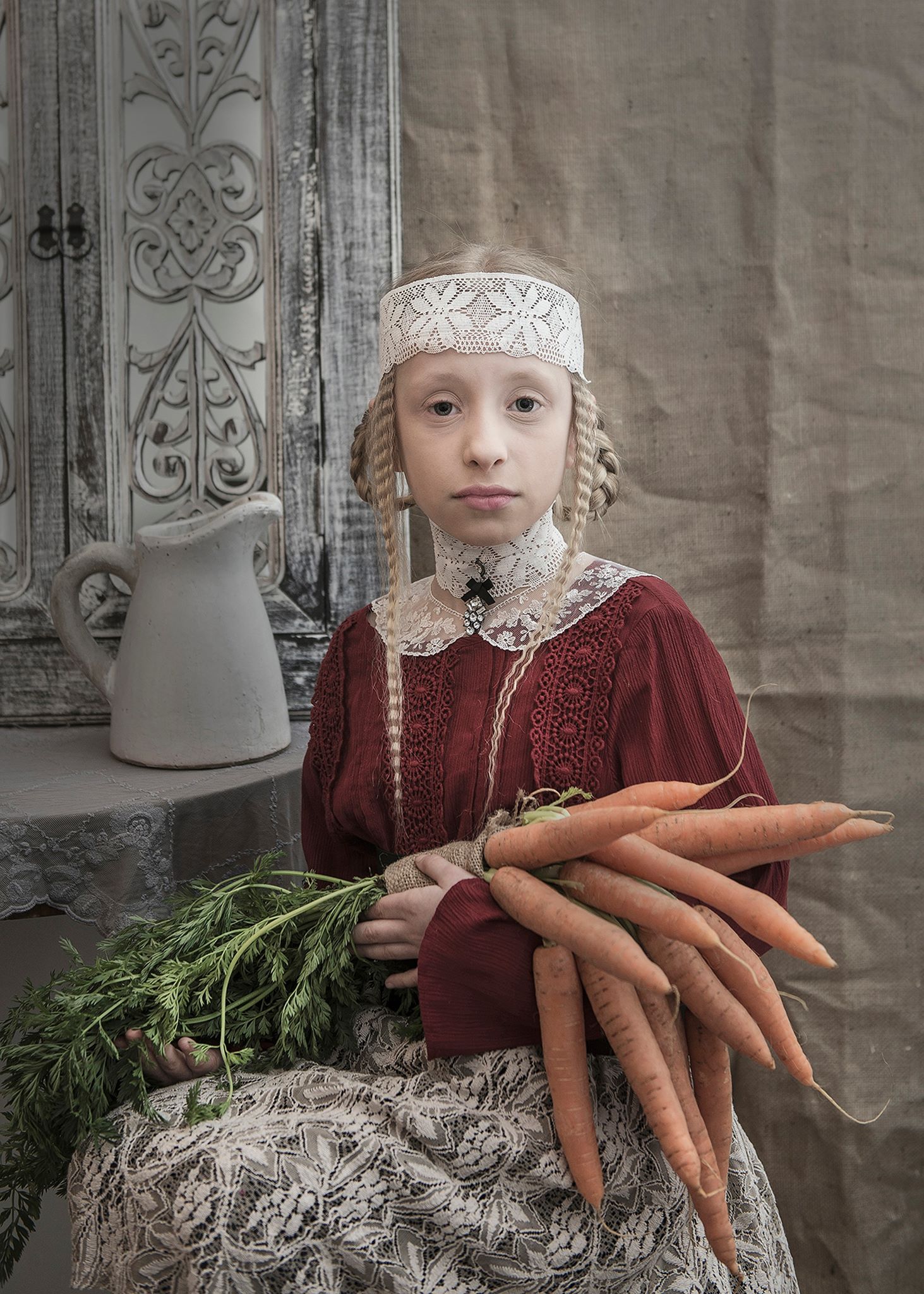Food Photography Tear Sheets Double a Photographer’s Credibility
Tear Sheet [ter●SHēt] (n.)- An illustrated with photography advertisement or article taken or “torn” from a print publication. Food photographers often use tear sheets to prove that their work has been featured by a specific publication or company.
Example: She has a downloadable PDF available through her portfolio websites filled with past food photography tear sheets. If you take a few minutes to look through them, you’ll see that she’s catered to a variety of clients.
Print publications may be a dying breed, but tear sheets are as powerful as ever in food photography advertising and editorial circuits. A food photographer’s tear sheets often feature polished, relevant works that speaks to an artist’s overarching style and skillset. Just like any other portfolio, entries work together to paint a picture of an individual’s capabilities.
It’s important to remember that a food photographer’s tear sheets are more than just a set of pretty pictures. They double as credible endorsements from an unbiased third party. They’re the difference between wooing a prospective client with a sales pitch versus having a trusted source providing a recommendation. Tear sheets, in short, are proof that images were used by a client. Its mere existence communicates to future clients that the photographer behind the scenes can successfully pull off something similar.
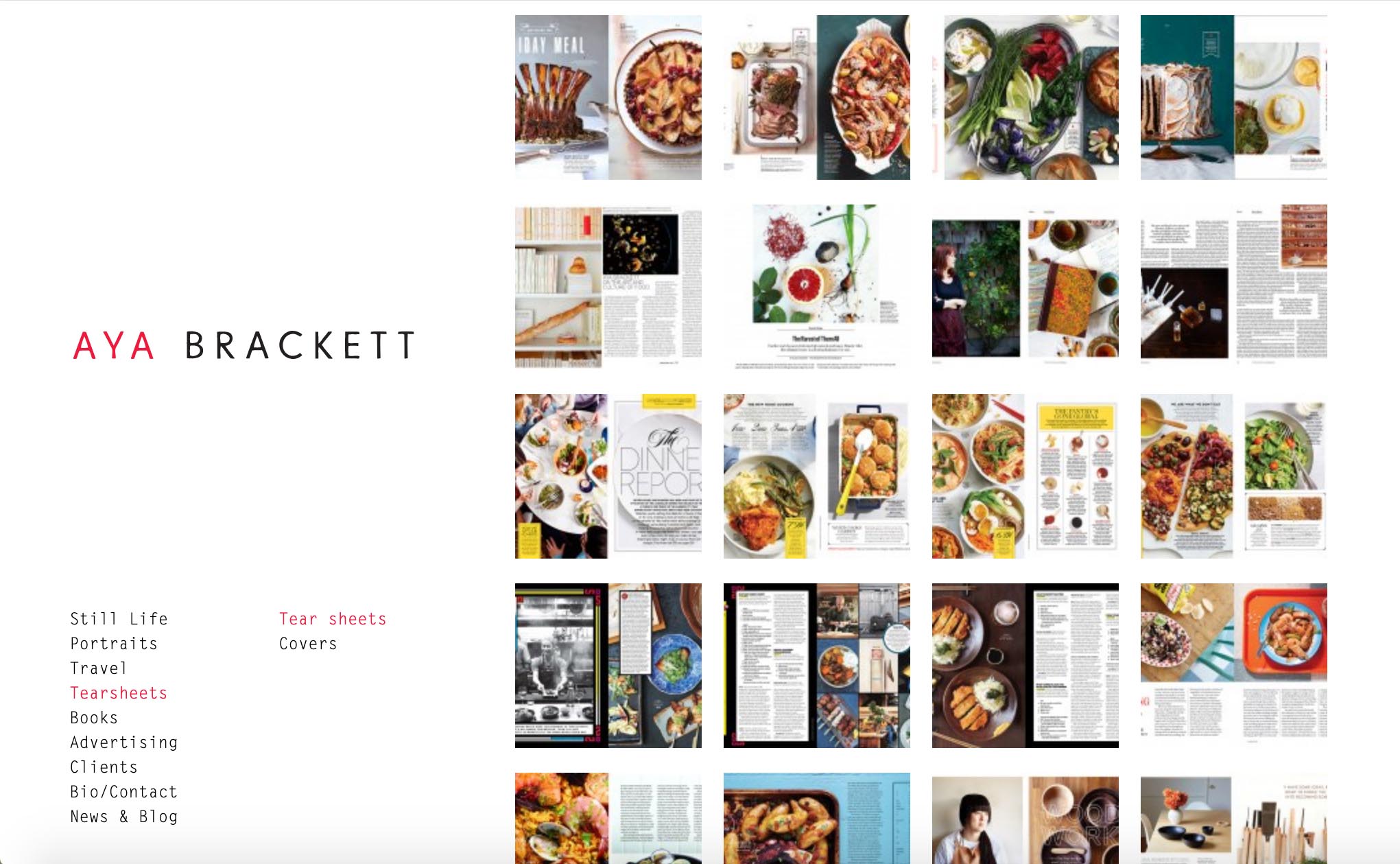
What’s more, seeing a collection of a food photographer’s tear sheets allows spectators to draw comparisons between past works. Every brand has its own set of aesthetics that it sticks to. Generally, food photographers bend over backwards to meet those stylistic requirements. But that doesn’t mean that advertising and editorial commissions are entirely void of personal flair on the part of the person behind the camera. When a group of tear sheets are together, the unique assets a photographer has to offer become much more apparent.
With the advent of digital avenues, there’s no longer a necessity that a “tear sheet” needs to literally be torn from a paper food magazine. Most food creatives include online features right alongside printed manner. So long as you’re able to provide the publisher’s name as well as the date of publication alongside the piece, it’s just as good as a paper product.
Maybe you want to show off your personal style, of the variety of clients you’ve worked with. Maybe want something physical to back up your photographic skills. Either way, tear sheets are a must have for any established professional food photographer. Whether it means sifting through magazines or surfing your hard drive, collect the pieces that make you – and your clients – proud. These pieces may very well be the stepping stones you need to land the next big gig!




